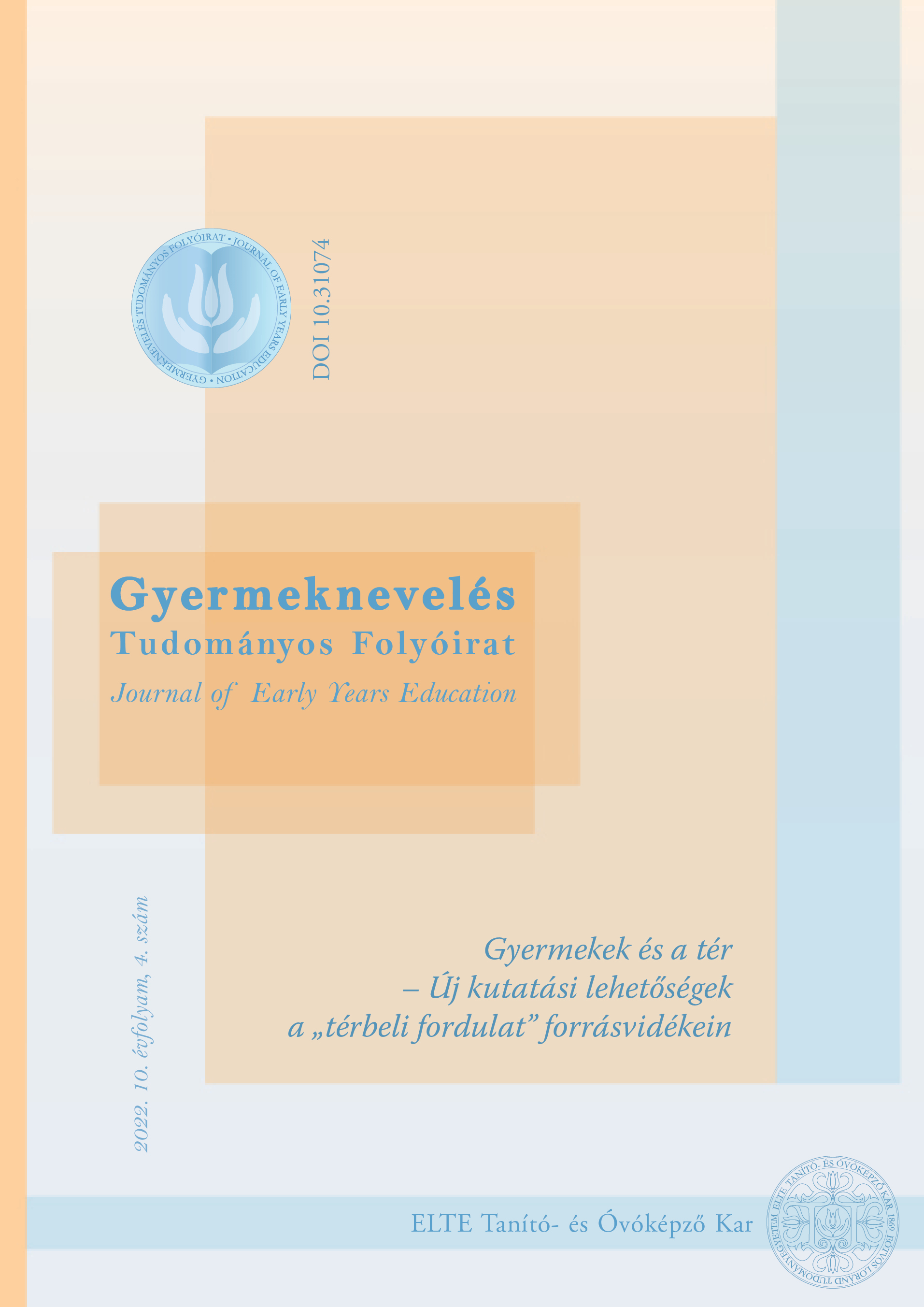Factors affecting implicit learning whilst listening to music.
Potential developmental transfers
DOI:
https://doi.org/10.31074/gyntf.2022.4.77.88Keywords:
implicit learning, priming bias, listening to musicAbstract
Implicit factors of learning may lie behind the gap between Individual abilities and the proximal, i.e. closest development zone (Magyaródi, 2016). The literature suggests that emotional implicit content and emotions can be linked to the background of learning (Lorin et al., 2001). That is to say, the specialist literature indicates that the facilitation of memory functions is also accessible via emotional and implicit content. In the case of reading, it has already been shown that in the case of profound dyslexia, when both the phonological and semantic pathways are damaged (Pritchard et al., 2012), a reading subfunction can nevertheless be created. For those with aphasia partial speech production can for this reason be achieved through singing (Fekete, 2021). Music, as a potential source of implicit content, can therefore have a demonstrably developmental effect just as in the case of cognitive functions, such as memory. In terms of resources available for our research, we have tried to justify a narrow segment of this following a quantitative strategy. Our hypothesis is that during passive music listening with repetitions, participants are able to recognise pre-stressed musical transitions in the music excerpts played in alternating sequences through perceptual, implicit learning (Baddeley, 2003). Our research question is also aligned with this proposition, since if the hypothesis is verified we can also answer the research question of whether or not passive music listening can be understood as implicit learning. If implicit learning can be proven, as it is passive while listening to music, the developmental effect of music on the previously mentioned speech is confirmed, just as in the case of reading problems. After all, as it is created during the damage of the explicit pathways in the case of dysfunctions, implicit learning can mean the way to their avoidance.
Downloads
References
Anderson L. W., Krathwohl, D. R., Airasian, P. W., Cruikshan, K. A., Mayer, R. E., Pintrich P. R., Raths, J. & Wittrock, M. C. (2001). Taxonomy for Learning, Teaching, and Assessing – A Revision of Bloom’s Taxonomy of Educational Objectives – Abridged Edition. Longman.
Baddeley, A. (2003). Az emberi emlékezet. Osiris Kiadó.
Barna, I. & Székelyi, M. (2003). Túlélőkészlet az SPSS-hez – Többváltozós elemzési technikákról társadalomkutatók számára. Typotex Elektronikus Kiadó Kft.
Colangelo, A. & Buchanan, L. (2006). Implicit and explicit processing in deep dyslexia: Semantic blocking as a test for failure of inhibition in the phonological output lexicon. Brain and Language, 99(3), 258–271. https://doi.org/10.1016/j.bandl.2005.07.048
Fekete, Zs. (2021). A dalok szárnyain előhívható szó. Parlando: Zenepedagógiai folyóirat, (63)1, 1–9.
Gardner, H. (2011). Frames of Mind: The Theory of Multiple Intelligences. Basic Books.
Green, A. J., Easton, R. D. & LaShell, L. S. R. (2001). Visual-auditory events: Cross-model perceptual priming and recognition memory. Consciousness and Cognition: An International Journal, 10(3), 425–435. https://doi.org/10.1006/ccog.2001.0502
Kemény, F. (2007). A mozgásfelismerés és a nyelv kapcsolata. Magyar Pszichológiai Szemle, 62(4), 513–522. https://doi.org/10.1556/mpszle.62.2007.4.6
Kollár, J. (2006). Zeneterápia az Alzheimer-kóros betegek kezelésében. Lege Artis Medicinae, 162, 186–190.
Magyaródi, T. (2016). Az áramlat-élmény vizsgálata társas helyzetben. ELTE PPK.
Németh, D. (2006). A nyelvi folyamatok és az emlékezeti rendszerek kapcsolata. Akadémiai Kiadó.
Nissen, M. J. & Bullemer, P. (1987). Attentional requirements of learning: Evidence from performance measures. Cognitive Psychology, 19(1), 1–32. https://doi.org/10.1016/0010-0285(87)90002-8
Pléh, Cs. (2010). A lélektan története. Osiris Kiadó.
Poole, J. (2008). Decoding Dyslexia: 14 programmes for helping dyslexia. Troubador Publishing.
Reber, A. S. (1967). Implicit learning of artificial grammars. Journal of Verbal Learning & Verbal Behavior, 6(6), 855–863. https://doi.org/10.1016/S0022-5371(67)80149-X
Reed, J. M., Squire, L. R., Patalano, A. L., Smith, E. E. & Jonides, J. (1999). Learning about categories that are defined by object-like stimuli despite impaired declarative memory. Behavioral Neuroscience, 113(3), 411–419. https://doi.org/10.1037/0735-7044.113.3.411
Spurrier, J. D. (2003). On the null distribution of the Kruskal–Wallis statistic. Journal of Nonparametric Statistics, 15(6), 685–691. https://doi.org/10.1080/10485250310001634719
Vida, G. (2021). Róluk, de nélkülük – Kategóriák fogságában (A tanulási zavarral küzdő gyermekek kategorizálásának diagnosztikus nehézségei). Soproni Egyetem Kiadó. http://doi.org/10.35511/978-963-334-300-5
Virág, I. (2013). Tanuláselméletek és tanítási-tanulási stratégiák – Pedagógia, nevelés/Pedagógiai módszerek (tanulás, oktatási módszer). Eszterházy Károly Főiskola – EK Líceum.
Downloads
Published
How to Cite
Issue
Section
License
Copyright (c) 2022 Author

This work is licensed under a Creative Commons Attribution-NonCommercial-ShareAlike 4.0 International License.

